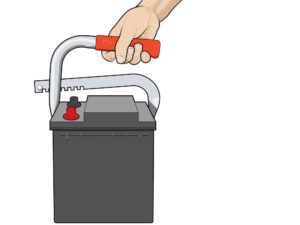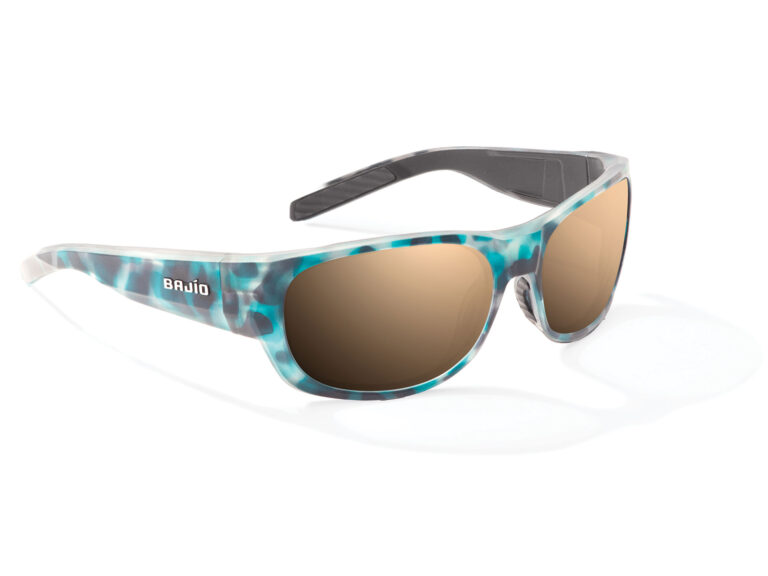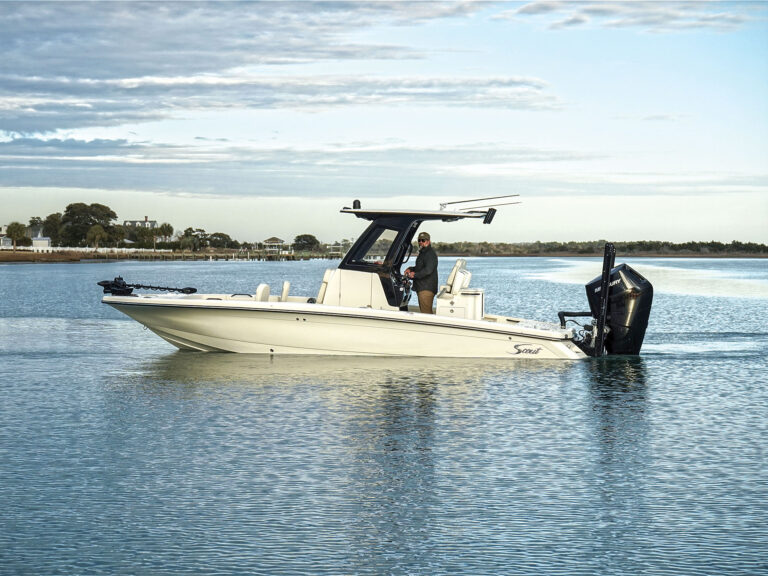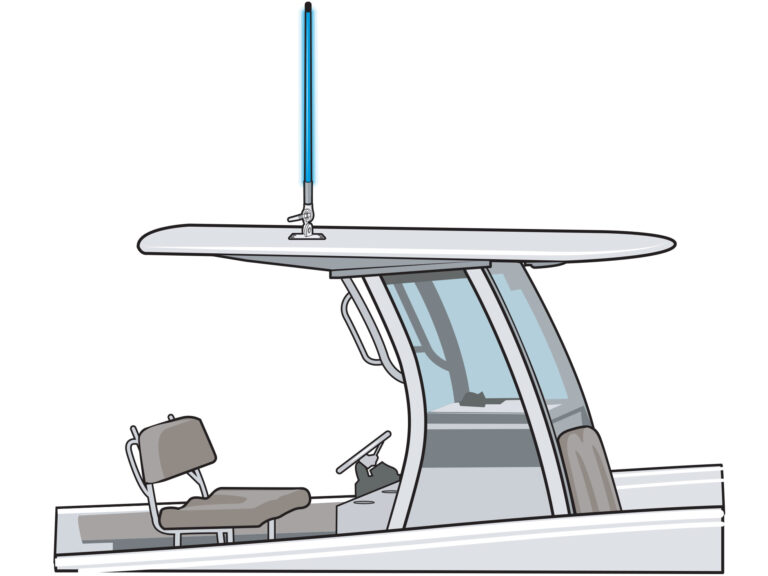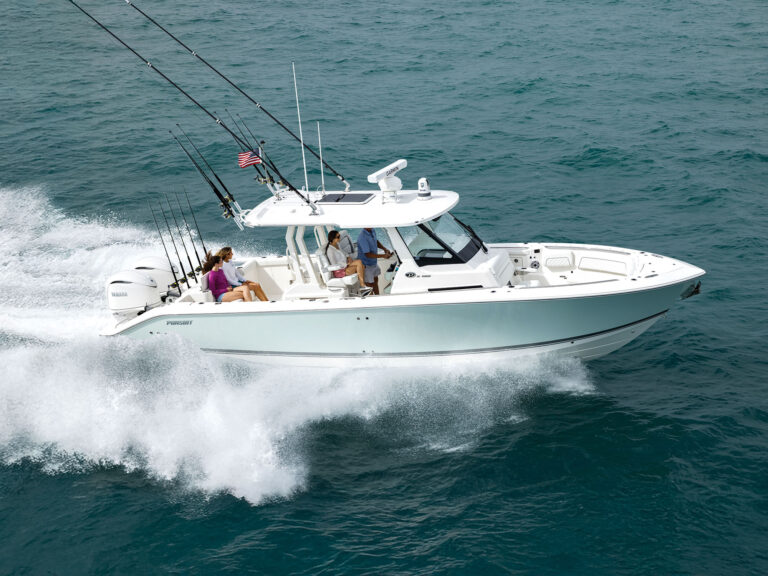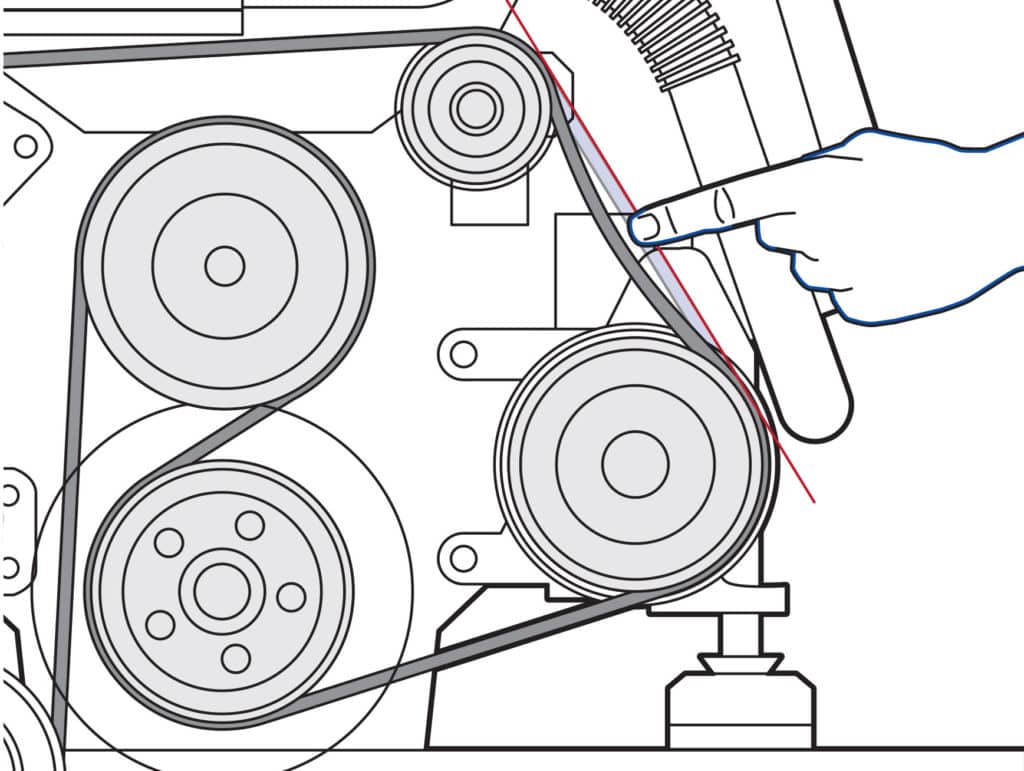
Maintenance remains the key to a better-running engine and longer engine life. While there’s more to know than any one article can include, make these recommended checks of the following five systems.
For expert advice, we checked in with Volvo Penta’s service training center manager Ed Szilagyi, Mercury MerCruiser dealer service expert Rob Gina of Boatwrench in Longwood, Florida, and other marine pros.
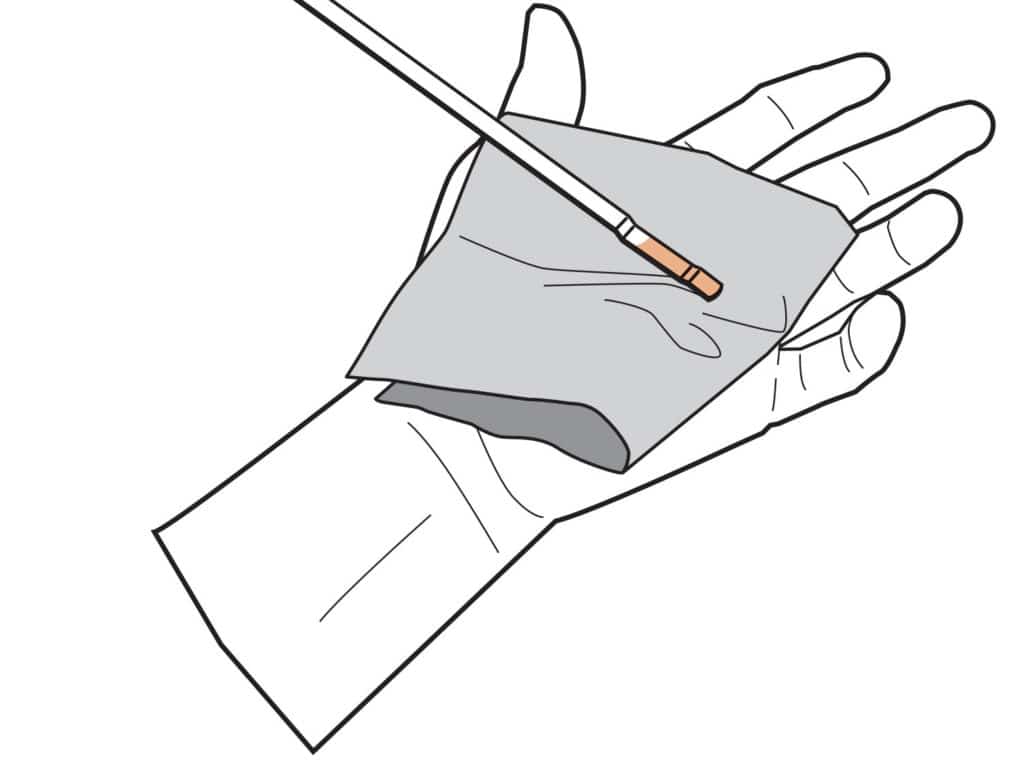
1. Fluids
Engine oil should be a clean, amber or gold color. Black oil indicates old and dirty oil; change it. If the oil looks milky or frothy, it’s contaminated by water — bring the engine in for service.
Check power-trim fluid levels. Inspect trim-pump reservoir caps for the milk-carton-like seal under the cap. Discard this; it inhibits venting and may lead to leaks.
Remove the lower gear-case drain screw and check the condition of the lubricant. It should be clean, amber- or green-colored, and not dirty or contaminated by water. Burnt lube means improper gear lash and impending failure; milky means water is leaking through a seal, which leads to rusted gears, shafts and bearings.
Don’t forget to inspect engine coolant and power and hydraulic-steering fluid levels.
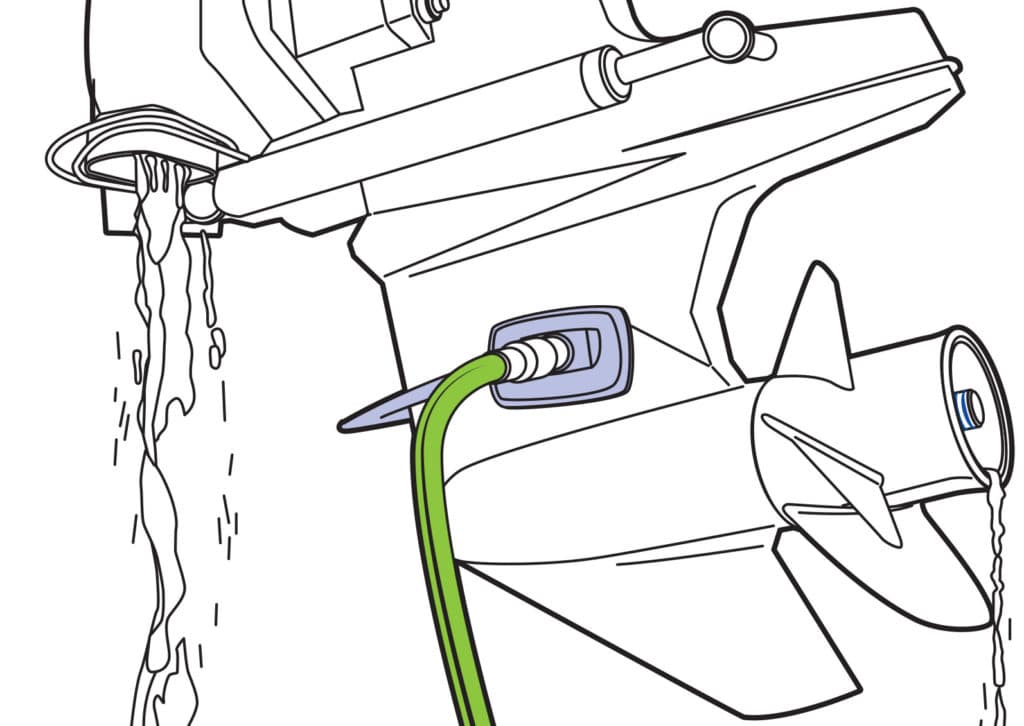
2. Cooling
Run the engine on a hose adapter or at the dock to ensure proper cooling-system operation before you go.
When the engine is cool, check water hoses for age, brittleness and dry rot. Hoses should be pliant yet firm, not mushy.
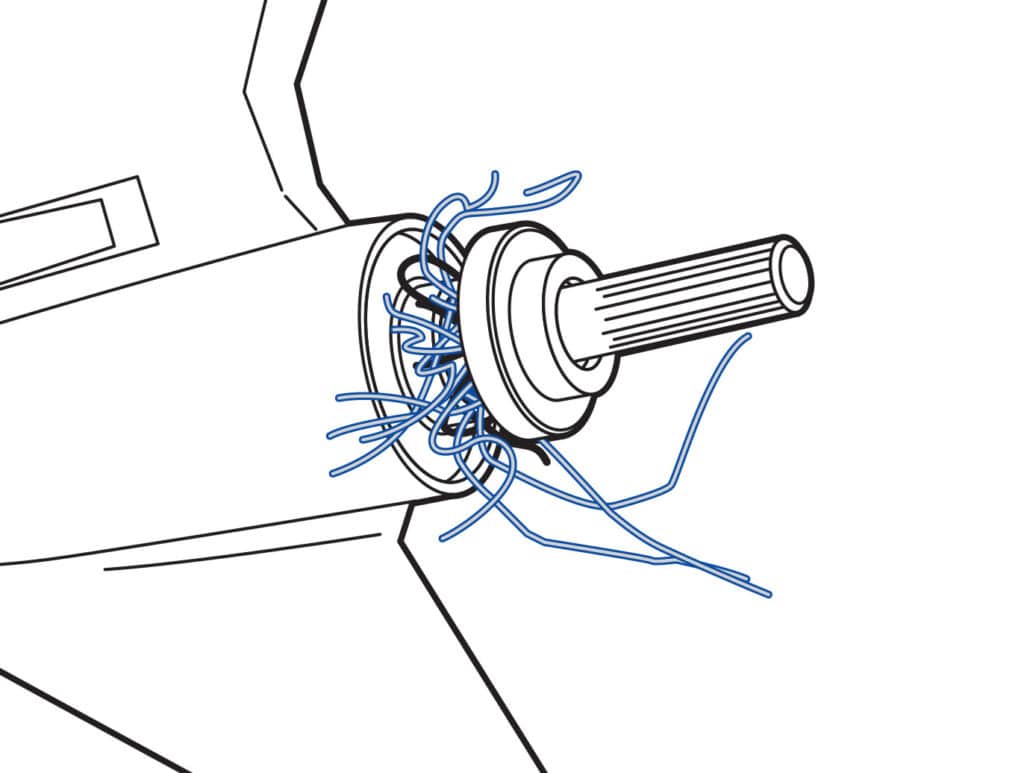
3. Drives and Props
Check the propeller shaft for straightness by standing directly behind it and rotating the propeller, watching for out-of-true rotation. Bring bent props to a prop shop. Check for fishing line snarled around the shaft where it enters the gear case. This common malady causes seal leakage, allowing water in, gear lube out, or both.
Check for damage to the skeg. Repair and paint damaged areas.
4. Belts
Press between pulleys; belts should spring back. Look for cracks, brittleness and dry rot, and abnormal wear. Look for thin areas.
Rusty, pitted pulleys often indicate an engine water leak. Belt-dust residue also indicates damaged pulleys.
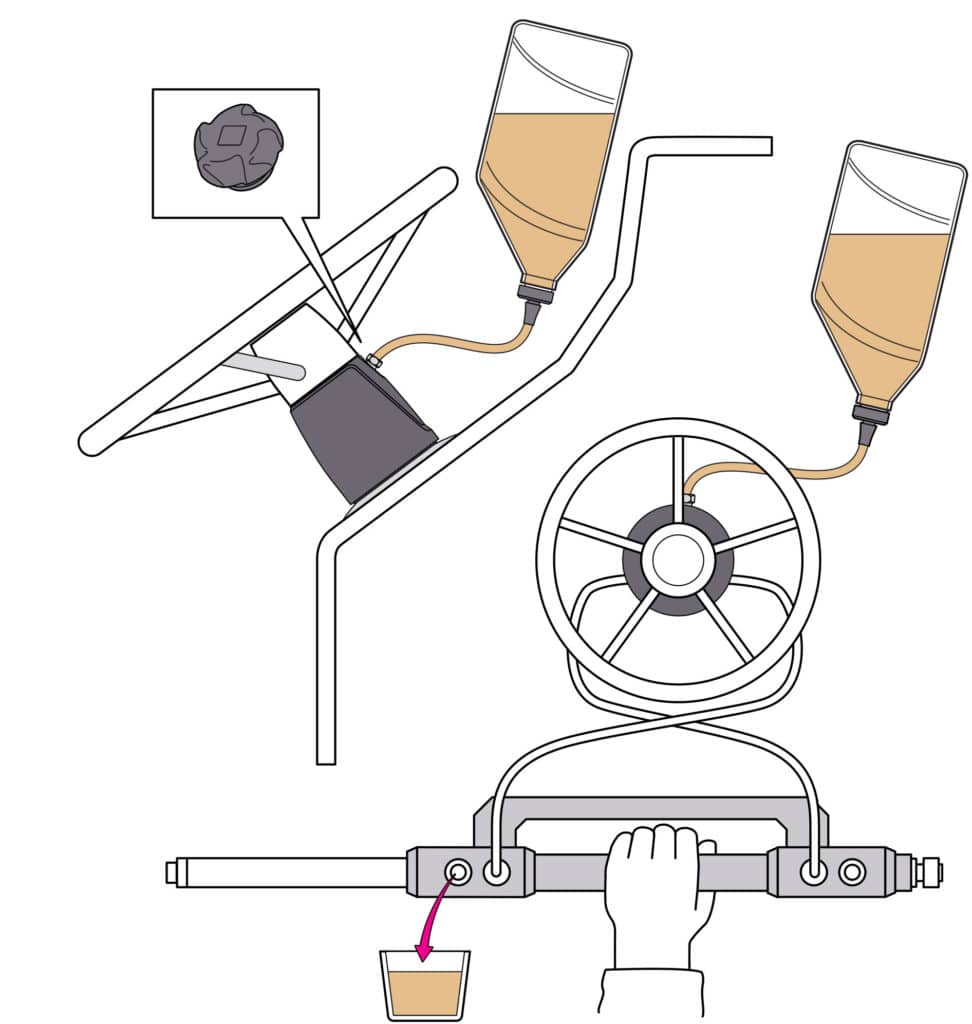
5. Steering
Steer from lock to lock. Check cables for binding or stiffness. Clean crud from steering rams.
Check hydraulic steering for air pockets, sponginess and/or erratic operation. Repair steering woes immediately, before using your boat.
How To Bleed Hydraulic Steering
6. Fuel Systems
Avoid ethanol fuels if possible. While it’s typically more expensive to do so, fueling up at the marina where non-ethanol fuels are readily available may save money in the long run.
If you leave your boat idle for extensive time periods (more than 60 days), add stabilizer to your fuel supply and run the engine at least 10 minutes to distribute the treated fuel throughout the system (fuel lines, filters and injectors or carburetors).
Tip: Be sure to use enough fuel conditioner! If in doubt, double the recommended dosage. Too much doesn’t hurt anything, but not enough won’t do the job.
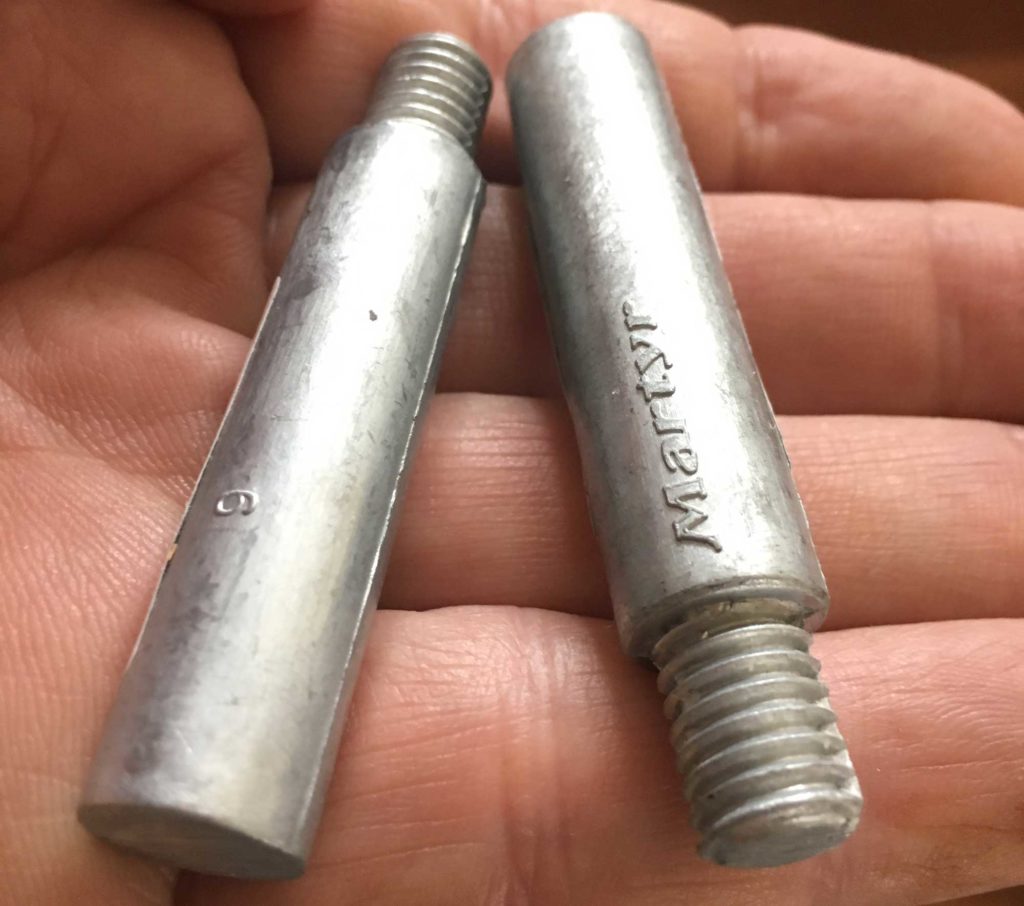
7. Anode
Anodes protect your drive from corrosion and deterioration. Here’s what to check: Make sure your engine and drive have the correct anode for your use — magnesium for fresh water, zinc for brackish and salt water. If you’re not sure, bring your rig to your dealer.
Replace any anodes that are less than two-thirds their original size. Do not paint over anodes; this inhibits them from doing their job. Be sure to check your owner’s manual for the location of all anodes. While some are visible and easily accessible, some may be located internally and thus overlooked. For example, Volvo closed-cooling engines have anodes in the heat exchangers.
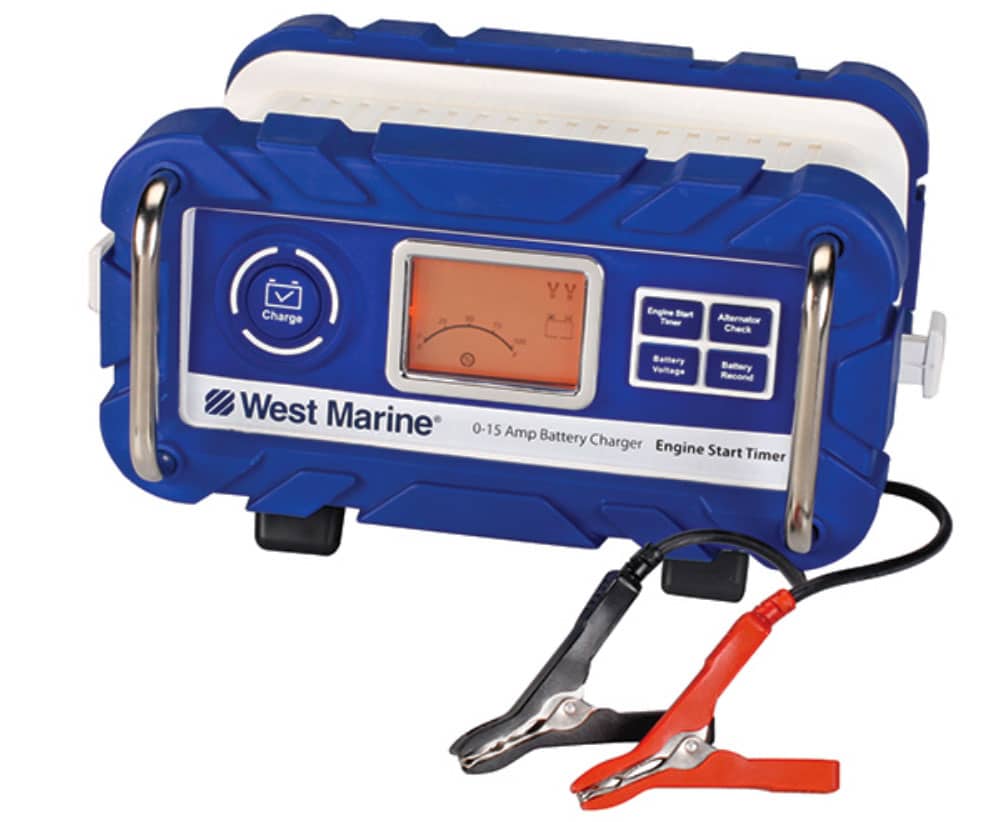
8. Charging System
It’s not a bad idea to keep a marine smart charger connected and plugged in whenever you’re not using your boat.
Keep the terminals and cable ends clean and free of corrosion. Clean with baking soda or Coke and a wire brush. Don’t use wing nuts on the terminals; nyloc nuts will ensure that cable ends stay tight.
Keep the battery cables and wires out of water and damp places. Since they’re covered in plastic sheathing, it’s tough to see if they’re corroded inside until it’s too late and your engine won’t start. Be sure all wires are marine-grade tinned copper.
9. Hoses
Check all water hoses and clamps for tightness, age, brittleness and dry rot. Ensure there are no leaks and that hose clamps fit tightly without causing damage to hoses. It’s a good idea to keep extra clamps, hose-repair kits/extra hoses in your onboard tools and parts kit.
10. Offseason Storage Prep and Spring Make-Ready
A. Follow the owner’s manual carefully for winterization and spring make-ready preparations.
B. Ensure that all engine coolant has drained or is properly treated with environmentally friendly (RV pink) antifreeze.
C. Ensure that all fuel has been properly treated with stabilizer and the treated fuel has been run through the engine.
D. Check the drive and propeller for damage and repair before the offseason so damage is not left until spring.
E. Drain and refill the drive unit; check for water-contaminated or burnt gear lube and repair any leaks before winter.
F. Never store the boat with the drives up; rainwater can collect in prop hubs and in the gear case, and if left there in freezing conditions, it can expand and crack the housing.
G. Spray the entire engine with a light coating of metal/electrical-connection protectant.




